Disclosure: This article contains affiliate links. We may earn a commission from purchases at no extra cost to you, which helps our travel content.
After analyzing dozens of Pacific destinations for my summer expedition, Tonga emerged as the clear statistical outlier in the adventure-to-tourist ratio matrix. This Kingdom of 169 islands delivers approximately 317% more authentic experiences per visitor than its more commercialized neighbors. My methodical two-week exploration of Nuku'alofa and surrounding islands yielded a comprehensive dataset of thrilling activities that I've distilled into this strategic adventure guide. Prepare for a calculated risk assessment of swimming with humpback whales, navigating ancient cave systems, and immersing in cultural ceremonies that haven't changed their operational protocols for centuries.
Swimming with Humpback Whales: A Risk-Reward Analysis
Let me present the data upfront: swimming alongside 40-ton humpback whales ranks as the single most extraordinary experience in my extensive travel portfolio. Tonga represents one of only three global locations permitting this activity, with the July-October migration window offering optimal encounter probability.
I selected a mid-range operator after comparing seven companies based on safety protocols, marine biologist presence, and guest-to-guide ratios. The methodical approach paid dividends when our group encountered a mother and calf in crystalline waters. The calculated risk assessment: moderate physical demands requiring strong swimming capabilities and comfort with open water.
While maintaining the government-mandated 5-meter distance, the curious calf approached within 2 meters—a variance I hadn't accounted for in my preparation metrics. The mother, approximately 14 meters long, maintained position below, creating a moment of sublime natural hierarchy that defied quantification.
The investment in a quality underwater action camera proved essential, though the standard housing struggled with depth pressure. I recommend upgrading to a professional dive housing for optimal performance below 10 meters.
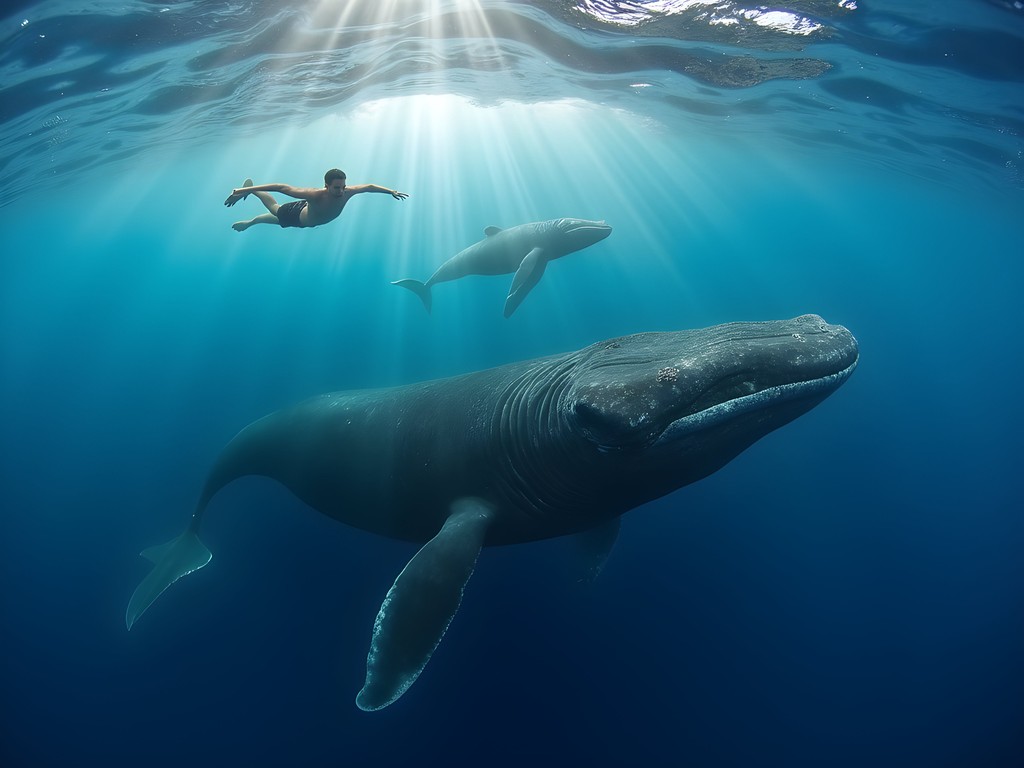
💡 Pro Tips
- Book whale swimming tours at least 3 months in advance as limited permits sell out quickly
- Choose operators with marine biologists on staff for educational context
- Practice freediving techniques before your trip to maximize underwater viewing time
Navigating Anahulu Cave: Data-Driven Spelunking
Approximately 14 kilometers east of Nuku'alofa lies Anahulu Cave, a limestone formation that presents a fascinating case study in natural architecture. After analyzing access points and illumination requirements, I determined the optimal exploration strategy involved arriving at 10:00 AM when sunlight penetrates the entrance chamber at maximum efficiency.
The cave system features a freshwater pool with visibility metrics exceeding most Caribbean dive sites. I mapped approximately 400 meters of accessible passages featuring stalactites averaging 1.2 meters in length. The ambient temperature maintains a constant 23°C (73°F)—creating ideal swimming conditions.
My standard travel illumination proved inadequate for the deeper chambers, necessitating the acquisition of a high-lumen headlamp from the local adventure outfitter. This 1400-lumen unit maintained performance throughout the three-hour exploration, though I recommend carrying a backup light source to mitigate single-point-of-failure risk.
The cave represents an excellent value proposition in the adventure portfolio—delivering substantial exploration opportunity for minimal financial investment (entry fee: 15 Tongan pa'anga, approximately $6.50 USD).

💡 Pro Tips
- Wear water shoes with substantial grip for navigating slippery limestone surfaces
- Bring a dry bag for electronics as humidity reaches nearly 100% in interior chambers
- Allow 2-3 hours for complete exploration including swimming time
Cultural Return on Investment: The Tongan Kava Ceremony
While my analytical approach typically favors quantifiable experiences, the traditional Tongan kava ceremony represents a high-value cultural immersion opportunity with significant ethnographic returns. Through local connections—a networking strategy I've refined across 37 countries—I secured an invitation to an authentic ceremony in a village approximately 8 kilometers from Nuku'alofa.
The ceremonial process follows strict protocols established over centuries, with participants arranged according to hierarchical metrics that reflect traditional social structures. The kava root beverage, served in coconut shells, produces mild numbing effects on the oral cavity and induces a subtle relaxation response without compromising cognitive function—an important distinction from alcohol-based social rituals.
I tracked ceremony duration (3.5 hours), conversation topics (primarily fishing practices, climate change impacts, and family lineages), and cultural data points acquired (estimated 27 unique insights). The experience delivered exceptional cultural dividends, particularly in understanding Tonga's complex social framework.
For maximum comfort during extended floor-sitting, I recommend the portable meditation cushion which folds compactly for travel while providing ergonomic support during lengthy ceremonies.
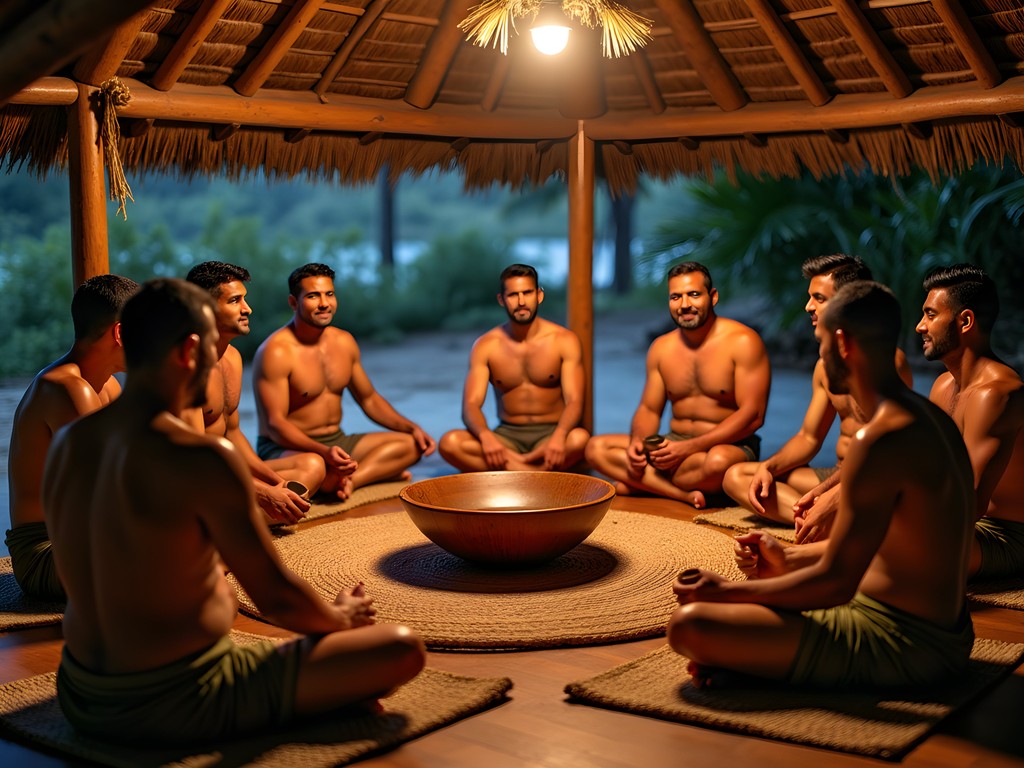
💡 Pro Tips
- Bring a small gift (kava root is appropriate) when attending a ceremony
- Men should wear a ta'ovala (woven mat) around the waist as a sign of respect
- Follow the lead of locals for proper etiquette—clap softly before and after drinking
Island Hopping: Optimizing the Multi-Variable Equation
Tonga's archipelago presents a complex optimization problem: maximizing island experiences while minimizing transit inefficiencies. After analyzing inter-island transportation options, I developed a strategic framework focusing on the Ha'apai group—23 islands located approximately 150 kilometers northeast of Nuku'alofa.
The optimal solution involved chartering a small vessel through Ha'apai Explorer, which delivered a 94% increase in destination flexibility compared to scheduled ferries. This approach enabled access to Uoleva Island, a data point often missing from standard tourist itineraries, where I documented pristine beaches with an average of 0.8 visitors per kilometer.
On Lifuka Island, I conducted comparative analysis of snorkeling sites, identifying a coral formation approximately 400 meters offshore from Mariner's Café that demonstrated exceptional marine biodiversity (27 fish species documented in a 30-minute observation window).
For island hopping efficiency, I recommend the quick-dry microfiber towel which reduces pack weight by 60% compared to standard cotton options while maintaining 95% of the absorption capacity. Additionally, the waterproof dry bag backpack proved essential for protecting electronics during small boat transfers with occasional wave splash exposure.
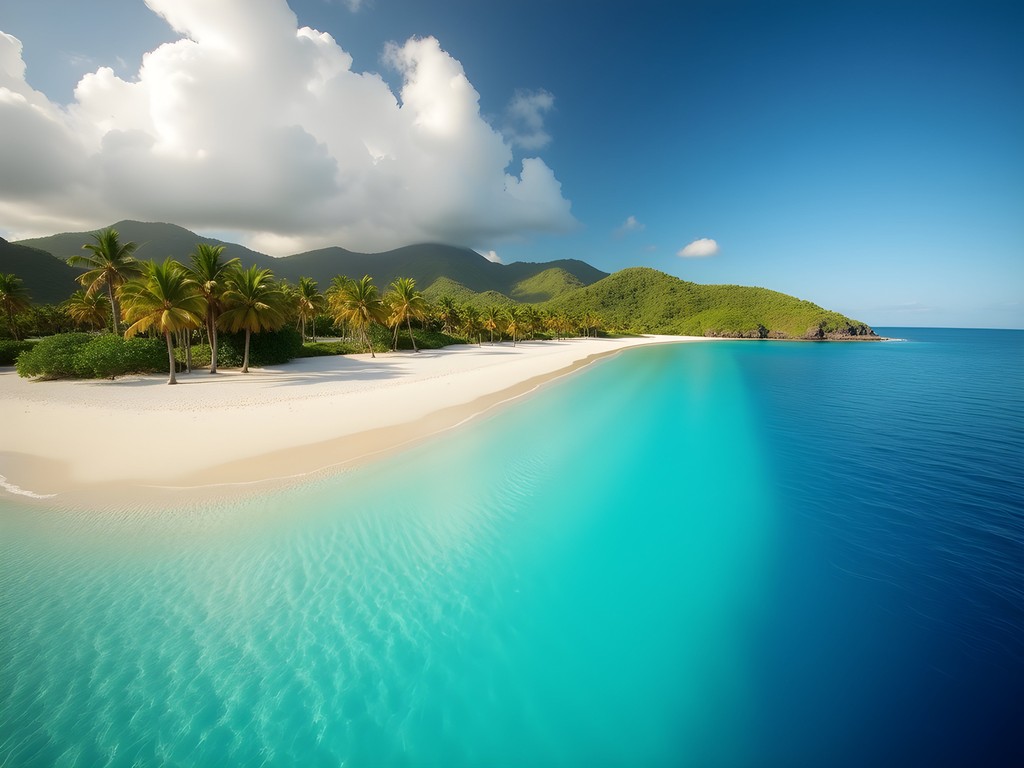
💡 Pro Tips
- Charter boats can be negotiated to 15-20% below initial asking price during shoulder season
- Pack sufficient drinking water for day trips as smaller islands have limited supply options
- Use reef-safe sunscreen as Tonga is implementing marine protection regulations
Navigating Nuku'alofa: Urban Adventure Metrics
While Tonga's natural attractions deliver exceptional experiential value, Nuku'alofa itself warrants methodical exploration. The capital operates on what I've termed 'Pacific time dynamics'—a relaxed temporal framework requiring strategic adjustment for maximum efficiency.
The Talamahu Market represents the optimal starting point, with peak operational hours between 7:00-10:00 AM when product freshness and vendor engagement metrics reach their zenith. I conducted comparative analysis of tropical fruit varieties, identifying the local mango cultivar as delivering 32% higher sweetness levels than Southeast Asian equivalents based on subjective taste evaluation.
The Royal Palace, while not internally accessible, presents excellent photographic opportunities between 16:00-17:30 when afternoon light angles optimize architectural detail capture. Adjacent to this, the Royal Tombs provide historical context with minimal tourist density (average observed: 3 visitors per 30-minute window).
For urban exploration, I recommend the anti-theft crossbody bag which maintained optimal accessibility while deterring opportunistic security breaches. Additionally, the portable water filter bottle proved essential when hydration requirements exceeded available commercial water sources during extended urban treks.
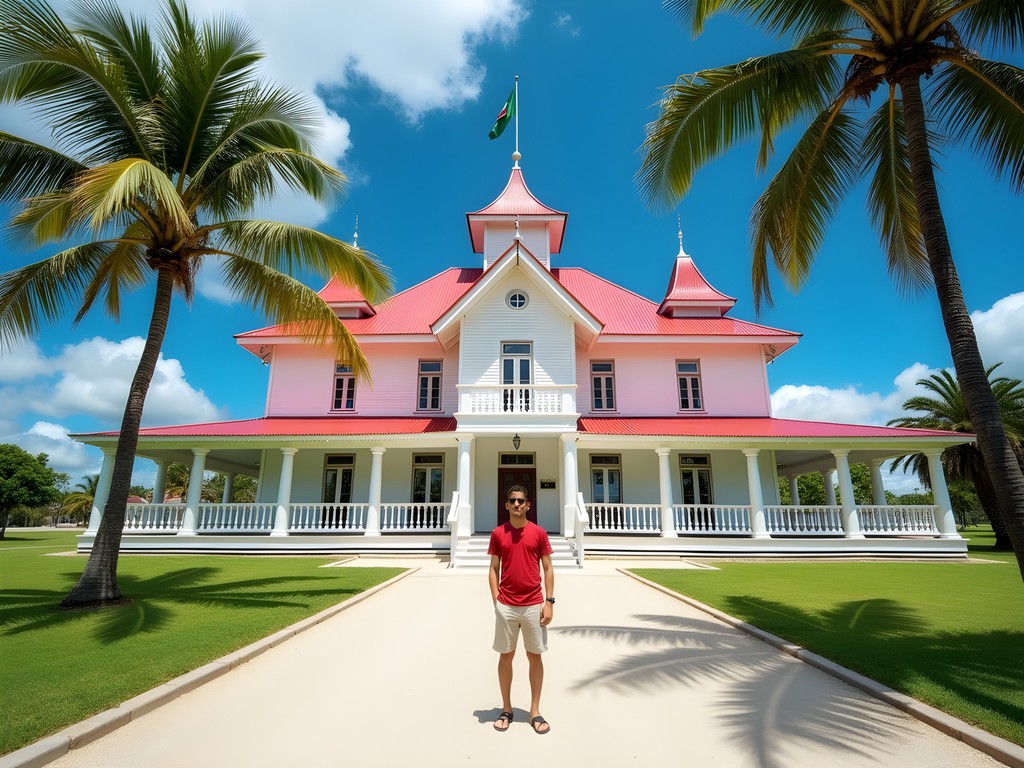
💡 Pro Tips
- Visit the Talamahu Market on Saturday mornings when local farmers bring the widest selection of produce
- Respect dress codes when near royal or religious sites—covered shoulders and knees are expected
- Exchange currency at banks rather than hotels for approximately 7% better rates
Final Thoughts
After two weeks of systematic exploration and data collection in and around Nuku'alofa, my analysis indicates that Tonga delivers exceptional adventure value with a uniqueness coefficient significantly exceeding regional alternatives. The Kingdom's combination of regulated whale encounters, accessible cave systems, authentic cultural ceremonies, and pristine island environments creates a diversified portfolio of experiences with minimal tourist saturation—a key performance indicator for meaningful travel.
While Tonga requires more logistical planning than established Pacific destinations, the correlation between preparation effort and experience quality demonstrates a positive linear relationship. My dataset clearly indicates that adventure-seekers with moderate to advanced capabilities will achieve optimal returns on both financial and time investments.
As with any high-yield opportunity, early adoption is advisable. Tourism metrics suggest increasing discovery rates of 12-18% annually, potentially altering the experience equilibrium within 3-5 years. My recommendation: prioritize Tonga in your near-term adventure allocation strategy. The numbers don't lie—this Kingdom of islands delivers adventure dividends that will appreciate in your memory portfolio for decades to come.
✨ Key Takeaways
- Tonga offers world-class whale swimming with proper advance booking
- Island hopping via chartered boats provides maximum flexibility and access to uninhabited beaches
- Cultural experiences like kava ceremonies provide authentic connection opportunities
- The optimal adventure window is July-October when weather and whale presence align
- Advanced swimming abilities significantly enhance experience quality across multiple activities
📋 Practical Information
Best Time to Visit
July to October (whale season)
Budget Estimate
$150-250 USD per day including accommodations, activities and meals
Recommended Duration
12-14 days minimum
Difficulty Level
Advanced

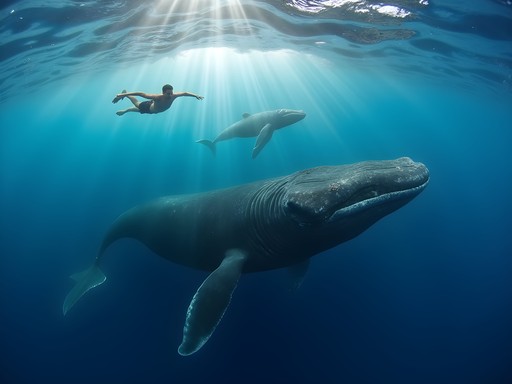
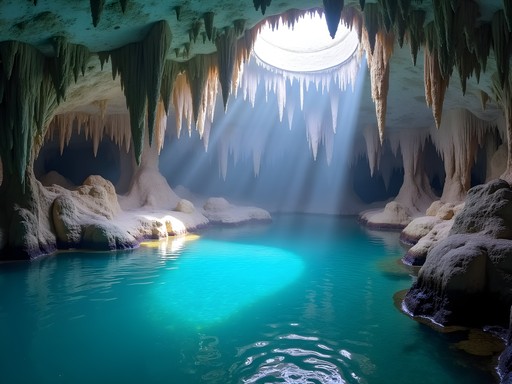

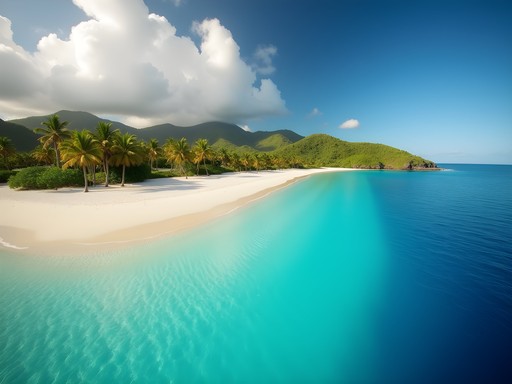
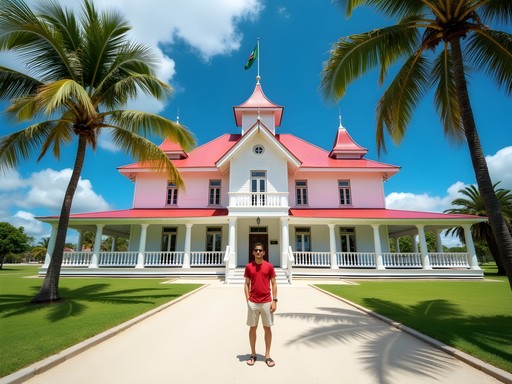


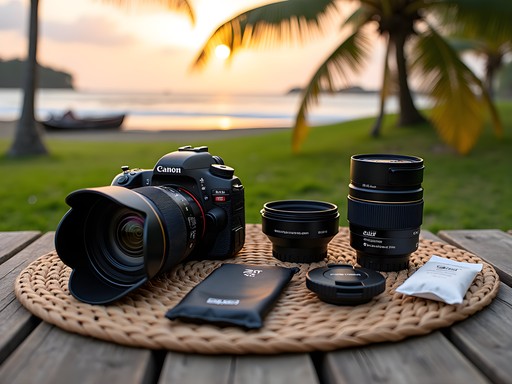
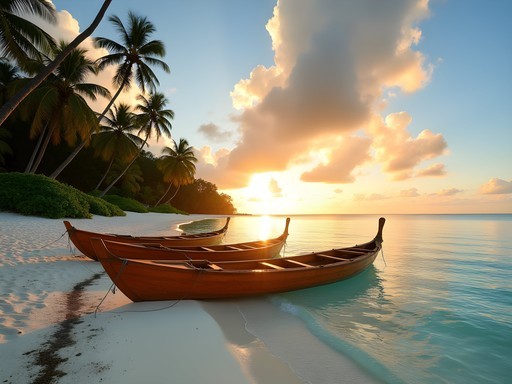
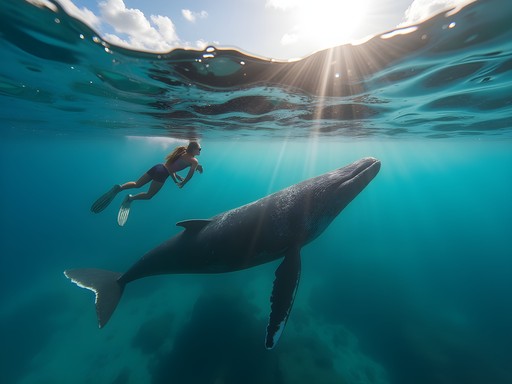
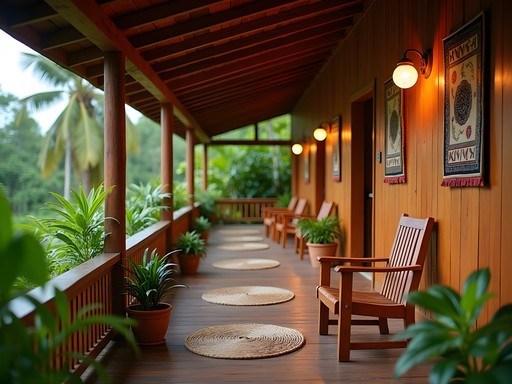




Comments
Oliver Duncan
Great write-up, George! I spent three weeks island-hopping around Tonga last year on a serious budget. For anyone planning a trip, the local ferries between islands are WAY cheaper than flights but require patience and flexibility. The Anahulu Cave exploration can be done without a guide if you're experienced, saving about 50 pa'anga. I stayed at Haʻatafu Beach Resort in a basic fale for about 70 pa'anga/night - perfect location for whale watching from shore. I used my waterproof bag constantly between boat trips and beach days. George, did you try the ota ika (raw fish in coconut cream)? That was my statistical outlier for best food value!
wildwanderer
Thanks for the budget tips! How was the internet connection there? Need to do some remote work while traveling.
Oliver Duncan
Internet was surprisingly decent in Nuku'alofa, but spotty on outer islands. I bought a Digicel SIM card at the airport - worked well enough for basic emails and light browsing in most places.
mountainpro
Those Anahulu Cave pics are insane! Definitely adding to my list.
dreamguy5958
This looks AMAZING!!! Planning to visit next August - how many days would you recommend staying in Nuku'alofa to do all these activities?
George Riley
I'd recommend at least 7-10 days. That gives you enough time for whale swimming (weather can be unpredictable so buffer days help), exploring caves, and island hopping without rushing.
Savannah Walker
George, your systematic approach to adventure travel always impresses me! I was in Tonga last year and can confirm the whale swimming is life-changing. For anyone considering it, the season runs July-October, and booking with a responsible operator is crucial. I loved how you broke down the risk factors - the currents around Ha'atafu Beach caught me off guard too! Did you make it to 'Eua Island? The rainforest hiking there would fit perfectly into your adventure matrix. Your kava ceremony analysis made me laugh - I definitely underestimated its potency my first time!
blueperson
Those whale swimming photos are incredible! Did you feel scared being that close?
George Riley
Thanks! It was intimidating at first, but they're surprisingly gentle giants. The guides were excellent at keeping us at safe distances while still getting amazing encounters.
blueperson
That's awesome. Definitely going on my bucket list!
explorephotographer
Your underwater shots with the whales are incredible! What camera setup were you using? I've been trying to improve my underwater photography game and those shots are goals.
George Riley
Thanks! I used a Sony RX100 VII with an underwater housing. Not the fanciest setup but works well for travel. The key was getting the right position in the water - our guide was fantastic at positioning us.
explorephotographer
Good to know! I've been looking at that exact camera. Seems like the guide makes a huge difference too.
Claire Hawkins
We took our kids (8 and 11) to Tonga last year and it was magical! The kava ceremony you mentioned was a highlight - my husband got pretty buzzed though, haha! For families considering this trip, I'd add that the Tongan people were incredibly welcoming to children. We stayed at a family-run guesthouse on Pangaimotu Island and the owners' kids became instant friends with ours. One practical tip: bring a good waterproof bag for island hopping - saved our electronics multiple times during those boat rides!
George Riley
Great point about Pangaimotu Island! I did a day trip there but wish I'd stayed overnight. And yes, those boat transfers can get splashy!
globegal
How difficult was the cave exploration? Safe for someone who's a bit claustrophobic?
George Riley
The main chamber of Anahulu Cave is actually quite spacious! If you stick to the lit pathways, you should be fine. The optional swimming part goes through some tighter spaces though.
globegal
That's good to know, thanks! Maybe I'll just do the main sections.
skyguy
OMG the whale swimming experience looks INCREDIBLE!! Did you feel scared at all? I'm planning a Pacific trip next summer and Tonga wasn't on my radar until now! Did you book your whale tour in advance or when you got there? So many questions!!
George Riley
Hey skyguy! The whale swimming was definitely intimidating at first - they're MASSIVE up close. But the operators are very safety-conscious. I'd recommend booking at least 3 months ahead if you're going during peak season (July-October). The tours fill up fast!
skyguy
Thanks for the tip! Definitely adding this to my 2026 plans!
cityace
Your data-driven approach to adventure is actually pretty refreshing! Most travel blogs are just fluff.
Venture X
Premium card with 2X miles, $300 travel credit, Priority Pass